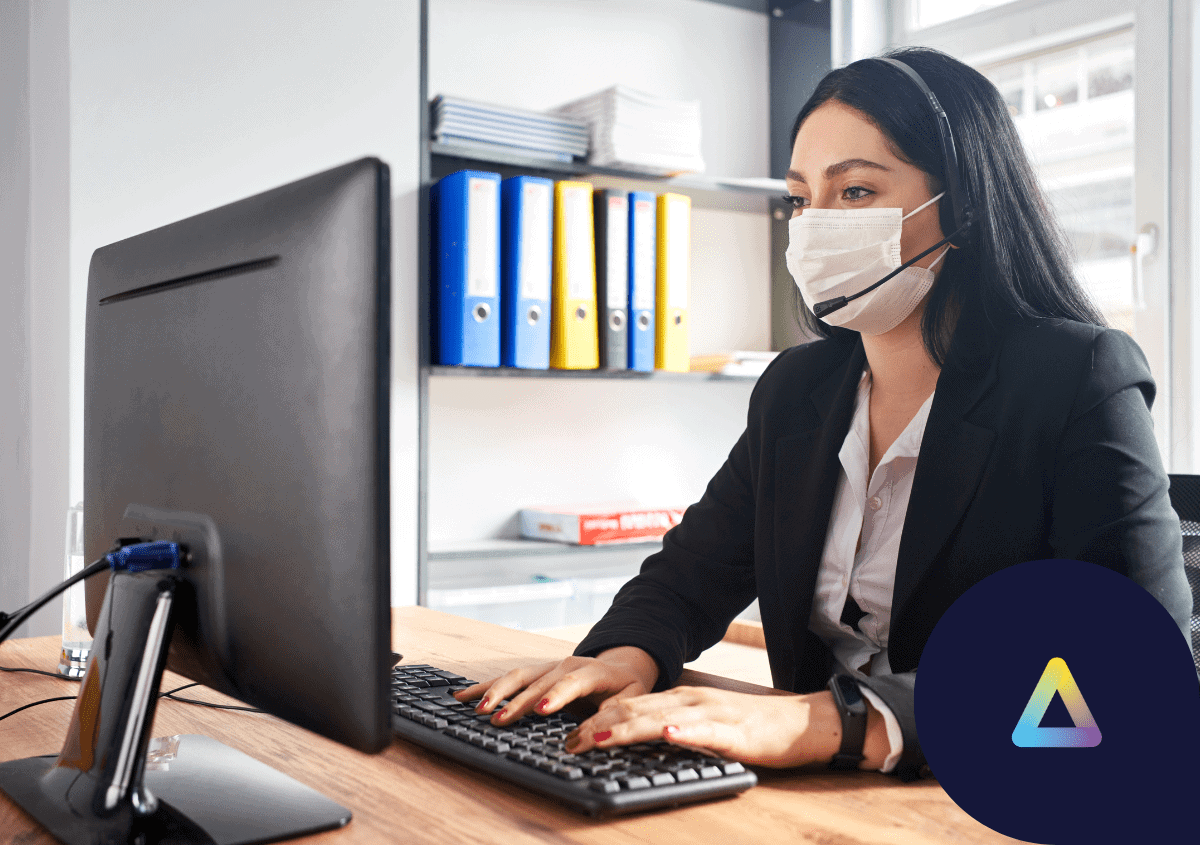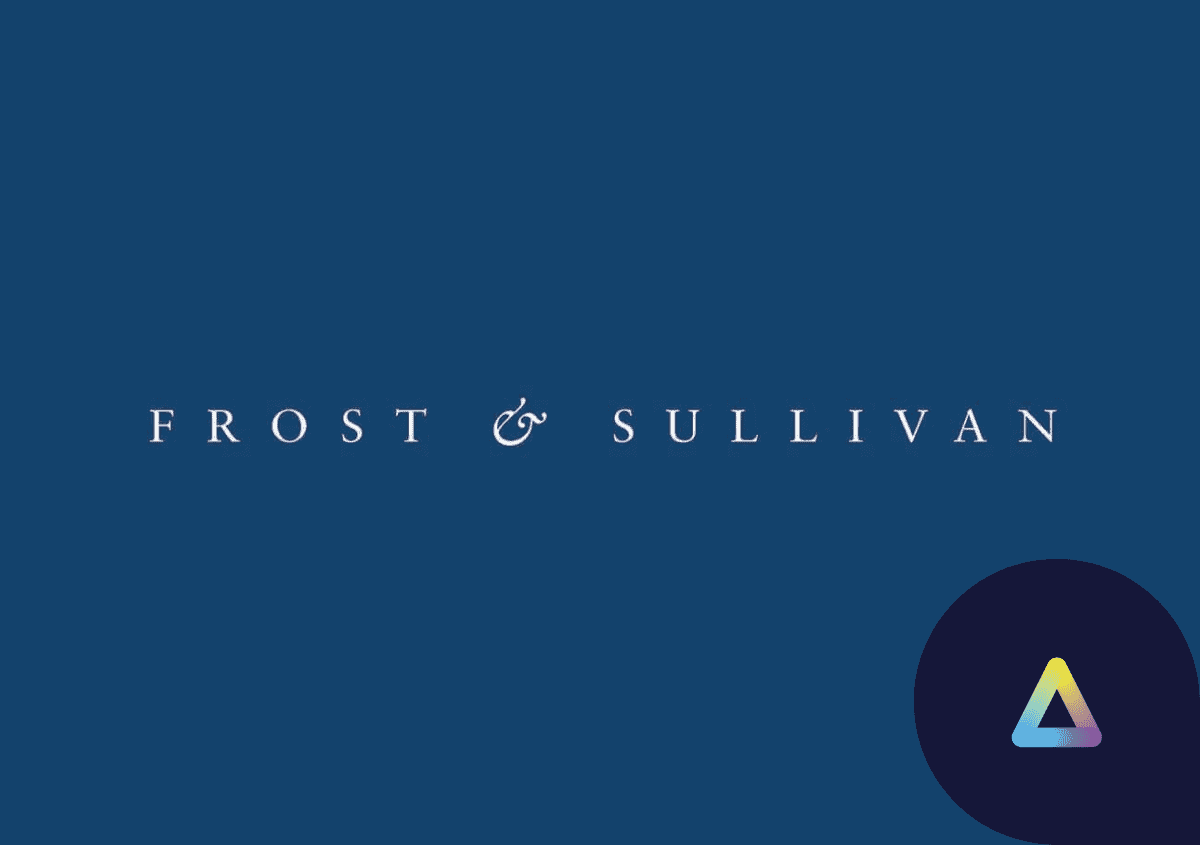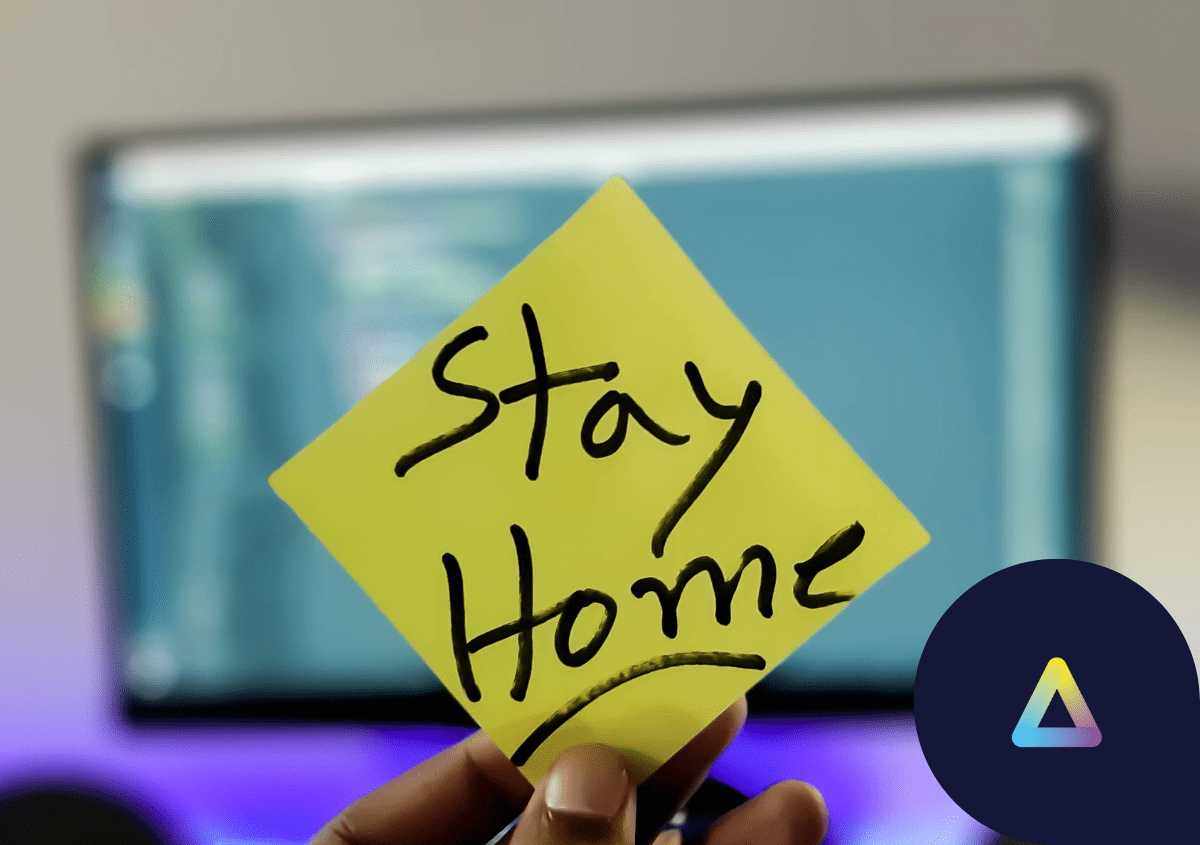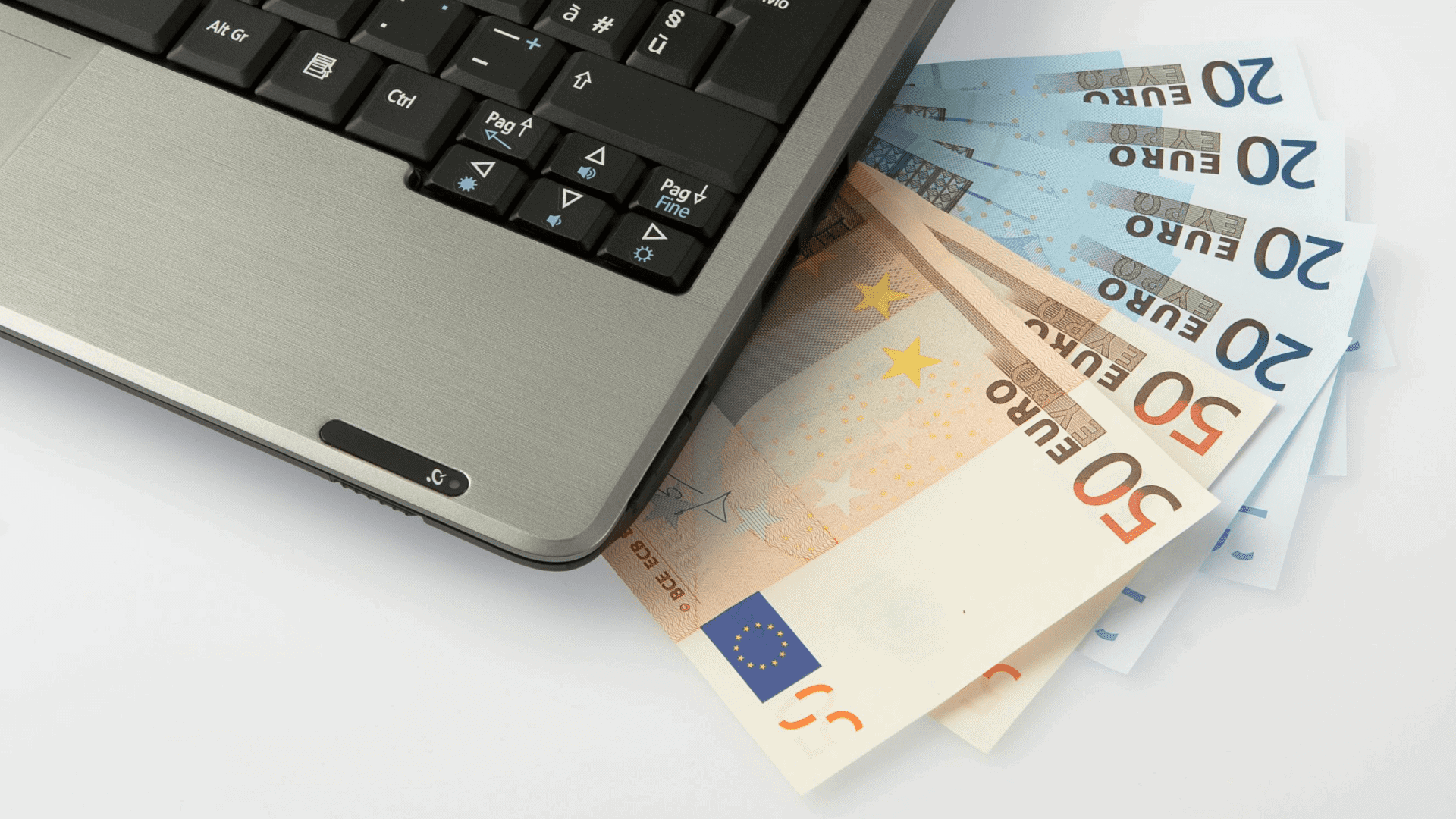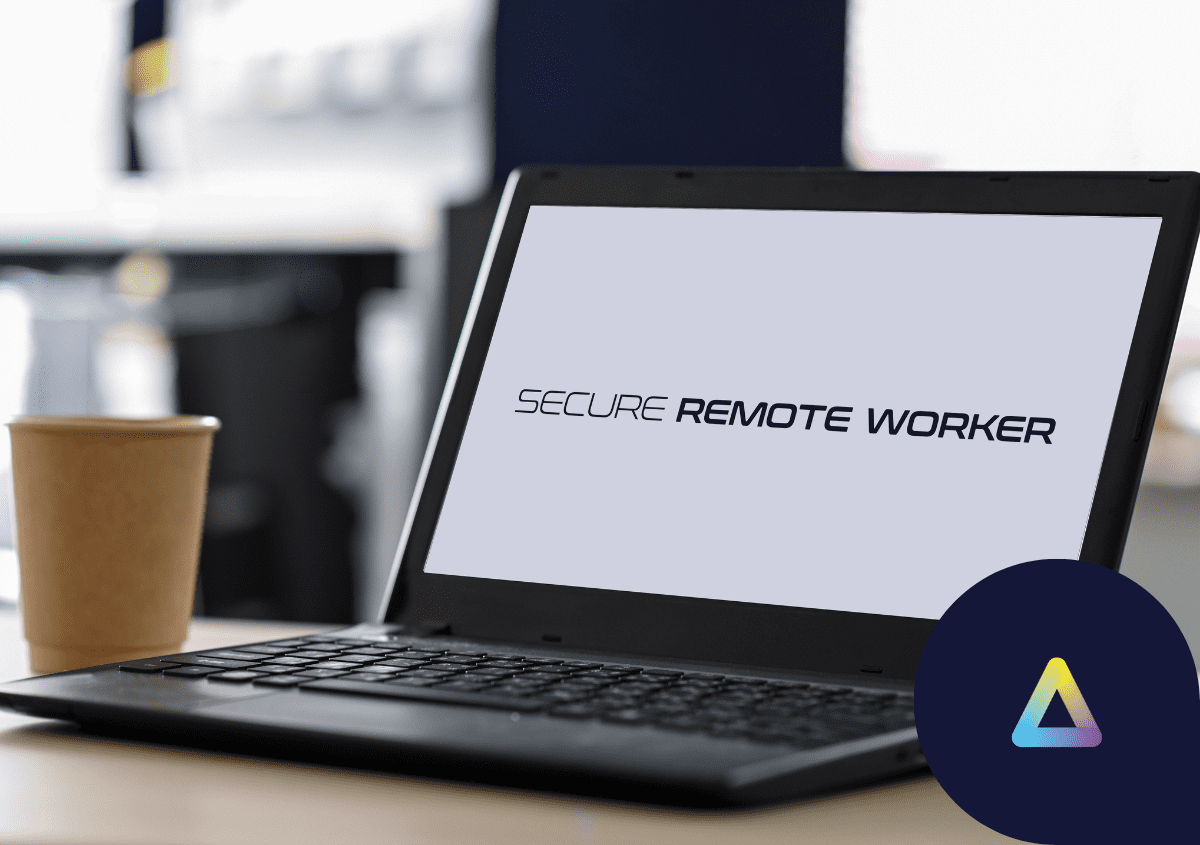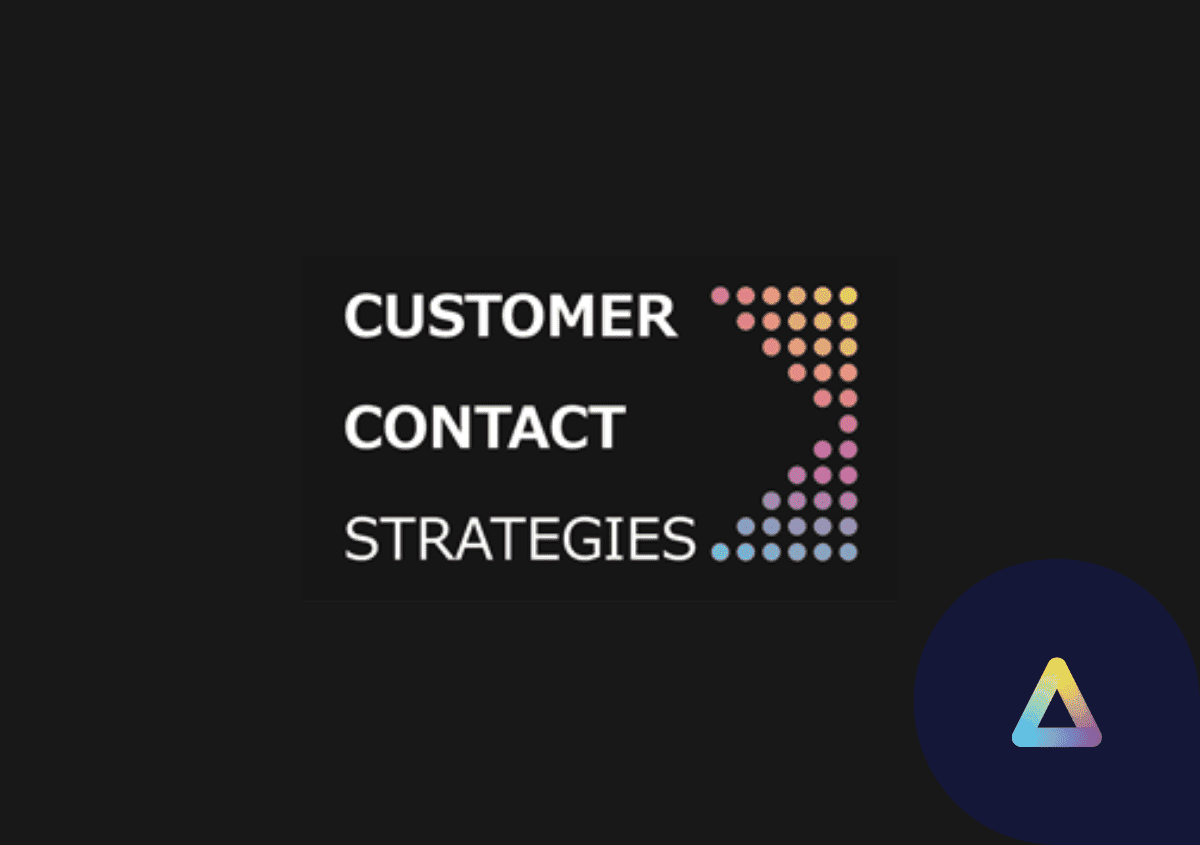Reflections from industry torchbearers, like Peter Ryan rate work at home provision as a vital tool in the belt of any BPO. As of now, the ability of outsourced and service agents to work remotely will be at the forefront of the customer’s decision-making process when considering outsourcers. In a CX Files podcast with industry expert Mark Hillary, and ThinScale’s CCO, Andrew McNeile, we see the significant benefits BYOD can provide to work at home strategy, as well as insight into the blended model of on-prem/work at home that will likely occur outside of just cost savings. Building off of this topic, in this blog, I wanted to touch on how BYOD can enhance BPOs’ offerings to their customers now and in 2021, specifically in terms of:
 Gerard Adlum
Gerard Adlum
Ensuring agent productivity in the modern Work at Home landscape
With this new normal of work at home, we are still figuring out how to emulate an agent’s office environment. Agent supervision and productivity control are key aspects that have been lost in this transition to remote working. In this blog, we will be going through productivity management issues that work at home has introduced and how employers can fix this.
5 reasons BPOs MUST look to BYOD this quarter

BPOs this quarter will primarily focus on improving and increasing their delivery of services to customers, the holiday season being a massive driver in business activity across many industries, especially in consumer-facing/customer service roles. So what do BPOs need to do to increase their output and provide better value to customers? Looking at their focus for this quarter, we see two main objectives:
- Increase the recruitment of temporary staff
- Reduce costs of operation
Secure Remote Worker And WaH Security – A Shout Out From Frost & Sullivan
Brendan Kiely, CEO, ThinScale Technology:
I had the pleasure to be interviewed on the CX Files podcast back in April. It was the height of the initial lockdown period and everyone was focused on Work at Home (WaH) security. The host, Mark Hillary, was asking me about how the contact centres that had all sent their teams home could keep on serving customers in a secure way from home.
Fortify business resilience with ThinKiosk
At the beginning of 2020, companies faced a drastic and sudden shift in their business continuity planning, where work at home quickly became the only viable solution. This resulted in companies, en-masse, moving devices from location to their employees’ homes to continue operation.
This “Lift and shift” method companies were using prioritized speed and accessibility above all else. The most important thing was getting people working, accessing business-essential applications from home. This mostly took the form of a standard windows machine and a VPN to provide a secure connection. However, this method left much to be desired. In this post, we’ll be going through some of the challenges companies faced when employing this strategy of work at home enablement, what we can learn from these challenges, and how ThinKiosk provides an endpoint solution that improves companies’ business resilience.
ThinScale Technology receives major award from Frost & Sullivan
ThinScale Technology scoops Global Enabling Technology Leadership Award for solutions that enable secure remote working processes
Six costs employers face when deploying work at home
Work at home (WaH) deployments can incur a number of costs that may not be immediately obvious. In this post we are going to be answering two main questions: What are the costs involved for employers when providing WaH enabled devices to employees? And what can Secure Remote Worker do to reduce them?
Secure Remote Worker and ThinKiosk 6.2
Version 6.2 for Secure Remote Worker and ThinKiosk has just been released, and with this new version comes a host of enhancements to the existing framework which can be seen here. However, in this blog I wanted to run through the major additions that have been made to Secure Remote Worker and ThinKiosk.
2020 Remote Working Summit
ThinScale had the pleasure of sponsoring 2020’s Remote Working Summit by Customer Contact Strategies last week. Customer Contact Strategies is the brainchild of Michele Rowan and it brings together people in the industry to discuss ideas, experiences, and technologies around Work at Home (WaH). Due to Covid-19, the event was adapted for online and was done completely virtually, through Zoom.
The Good, the Bad and the Ugly of Work at Home and Business Continuity
With recent events, we have seen a lot of companies implement WaH as a business continuity strategy. At the Remote Working Summit 2020, we presented on aspects of the shift to WaH that were done well, some not so well, and some that were done poorly.


